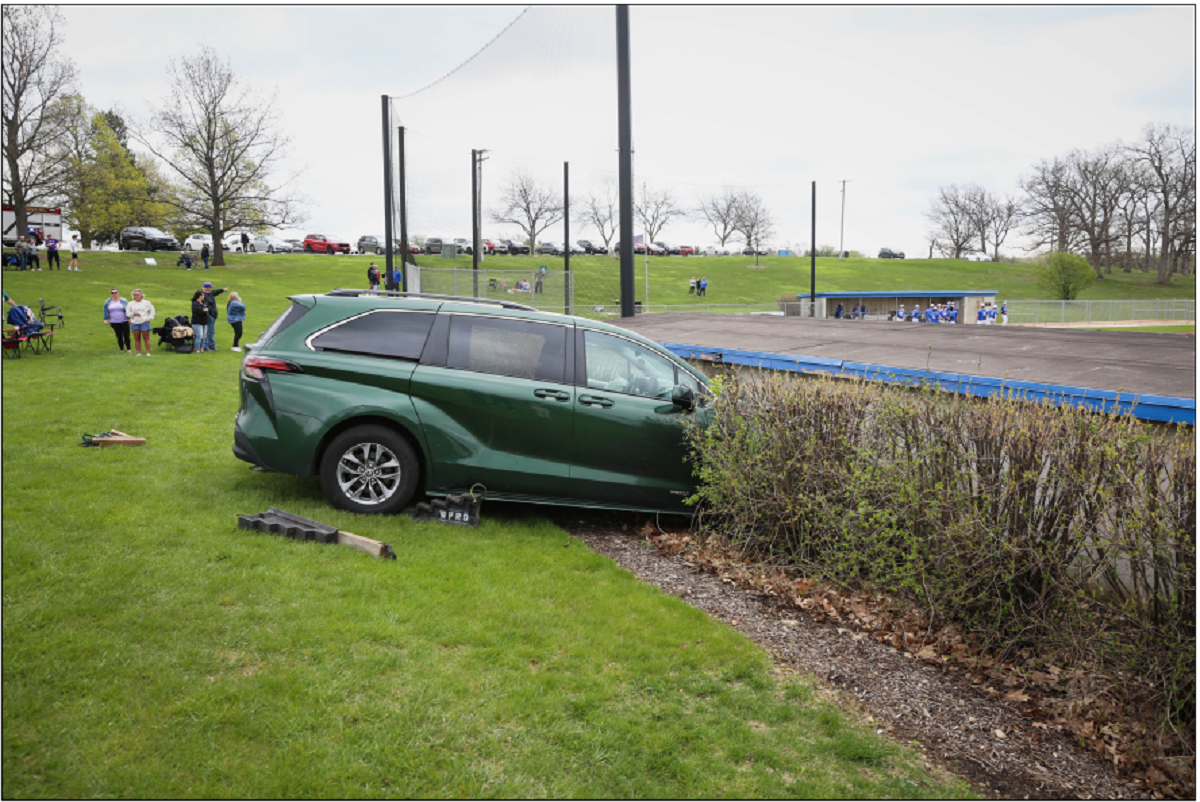It may still feel like the peak of summer, but fall is just around the corner, and with it comes shorter days and longer nights.
Daylight saving time began in the U.S. on March 12, and while there have been attempts in Congress to make the time change permanent, no such measure has been passed, and as a result, we will be rolling clocks back in the next few months.
Here's what to know.
When Will Daylight Saving Time End?
Feeling out of the loop? We'll catch you up on the Chicago news you need to know. Sign up for the weekly Chicago Catch-Up newsletter here.
Under federal law, daylight saving time begins on the second Sunday in March, and runs through the first Sunday of November in most of the United States.
This year, that date falls on Nov. 5, with clocks rolling back one hour at 2 a.m. that morning.
When Will DST Resume?
Local
In 2024, daylight saving time will take an extra day to return thanks to the leap year, and will resume on March 10, with clocks springing forward.
What is daylight saving time?
Daylight saving time is a changing of the clocks that typically begins in spring and ends in fall in what is often referred to as "spring forward" and "fall back."
Under the conditions of the Energy Policy Act of 2005, daylight saving time starts on the second Sunday in March and ends on the first Sunday in November.
On those days, clocks either shift forward or backward one hour.
But it wasn't always that way.
Clocks used to spring ahead on the first Sunday in April and remained that way until the final Sunday in October, but a change was put in place in part to allow children to trick-or-treat in more daylight.
In the United States, daylight saving time lasts for a total of 34 weeks, running from early-to-mid March to the beginning of November in states that observe it.
Some people like to credit Benjamin Franklin as the inventor of daylight saving time when he wrote in a 1784 essay about saving candles and saying, "Early to bed, early to rise makes a man healthy, wealthy and wise." But that was meant more as satire than a serious consideration.
Germany was the first to adopt daylight saving time on May 1, 1916, during World War I as a way to conserve fuel. The rest of Europe followed soon after.
The United States didn't adopt daylight saving time until March 19, 1918. It was unpopular and abolished after World War I.
On Feb. 9, 1942, Franklin Roosevelt instituted a year-round daylight saving time, which he called "wartime." This lasted until Sept. 30, 1945.
Daylight saving time didn't become standard in the US until the passage of the Uniform Time Act of 1966, which mandated standard time across the country within established time zones. It stated that clocks would advance one hour at 2 a.m. on the last Sunday in April and turn back one hour at 2 a.m. on the last Sunday in October.
States could still exempt themselves from daylight saving time, as long as the entire state did so. In the 1970s, due to the 1973 oil embargo, Congress enacted a trial period of year-round daylight saving time from January 1974 to April 1975 in order to conserve energy.
Which states observe daylight saving time?
Nearly every U.S. state observes daylight saving time, with the exceptions of Arizona (although some Native American tribes do observe DST in their territories) and Hawaii. U.S. territories, including Puerto Rico, American Samoa, Guam and the U.S. Virgin Islands, do not observe daylight saving time.
What is standard time?
According to the website Time and Date, standard time is the local time in a country or region when daylight saving time is not in use.
"More than 60% of the countries in the world use standard time all year," the site says. "The remaining countries use DST during the summer months, generally setting clocks forward one hour from standard time."
According to the AASM, it's standard time that more closely matches our body's internal clock.
"The daily cycle of natural light and darkness is the most powerful timing cue to synchronize our body’s internal clock," the Illinois-based organization says. "When we receive more light in the morning and darkness in the evening, our bodies and nature are better aligned, making it easier to wake up for our daily activities and easier to fall asleep at night. Daylight saving time disrupts our internal clock, leading to sleep loss and poor sleep quality, which in turn lead to negative health consequences."
Which is better?
The American Academy of Sleep Medicine has been for years calling for a permanent switch to standard time, saying "there is ample evidence of the negative, short-term consequences of seasonal time changes."
The AASM cautioned that "making daylight saving time permanent overlooks potential health risks that can be avoided by establishing permanent standard time instead."
"Current evidence best supports the adoption of year-round standard time, which aligns best with human circadian biology and provides distinct benefits for public health and safety," the group said in a statement.
But according to the Department of Transportation, daylight saving time has a number of benefits. The DOT's website highlights the following:
- It saves energy. During Daylight Saving Time, the sun sets one hour later in the evenings, so the need to use electricity for household lighting and appliances is reduced. People tend to spend more time outside in the evenings during Daylight Saving Time, which reduces the need to use electricity in the home. Also, because the sunrise is very early in the morning during the summer months, most people will awake after the sun has already risen, which means they turn on fewer lights in their homes.
- It saves lives and prevents traffic injuries. During Daylight Saving Time, more people travel to and from school and work and complete errands during the daylight.
- It reduces crime. During Daylight Saving Time, more people are out conducting their affairs during the daylight rather than at night, when more crime occurs.
Sheldon Jacobson, Ph.D, a computer science professor at the University of Illinois Urbana-Champaign, said a compromise could be possible.
Jacobson wrote this op-ed for The Hill, urging lawmakers to split the difference when it comes to time changes.
“Why not compromise in the middle, which is what we proposed here, which is a 30-minute change?” Jacobson said.
“You're not getting the full negative effect of the circadian rhythms, which the physicians are concerned about, at the same time, the light balance that people prefer to have either early or late in the day is smoothed out,” Jacobson added.
One potential issue with a 30-minute shift is it would put us out of sync with our other North American neighbors.
“I'm convinced that if we do that Canada and Mexico will follow suit, especially Canada, which has such a long border, over 2000 miles of border, with the United States,” said Jacobson. “And what we will see is a trend beginning that could really affect and help everybody because with no change. We don't have to worry about it twice a year.”



